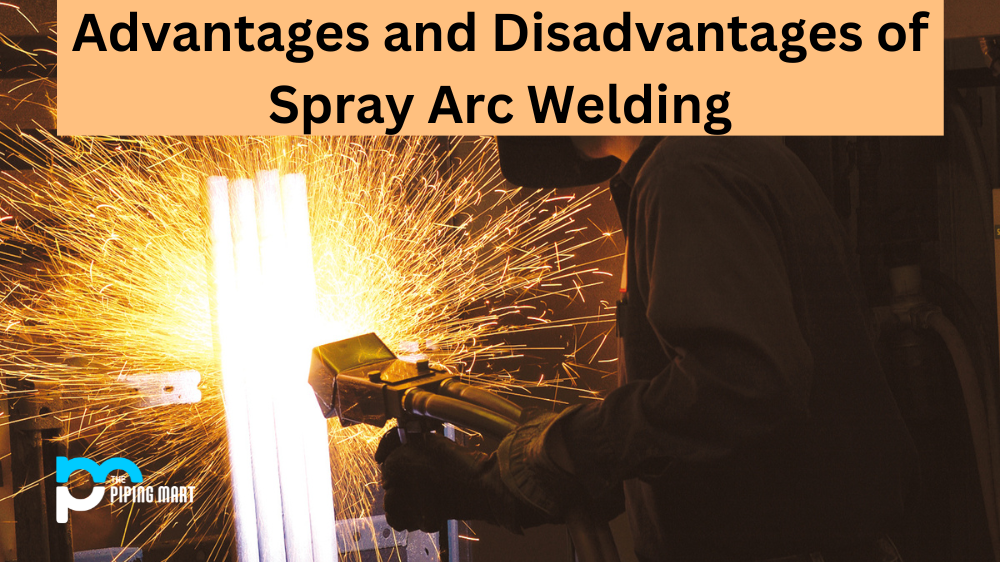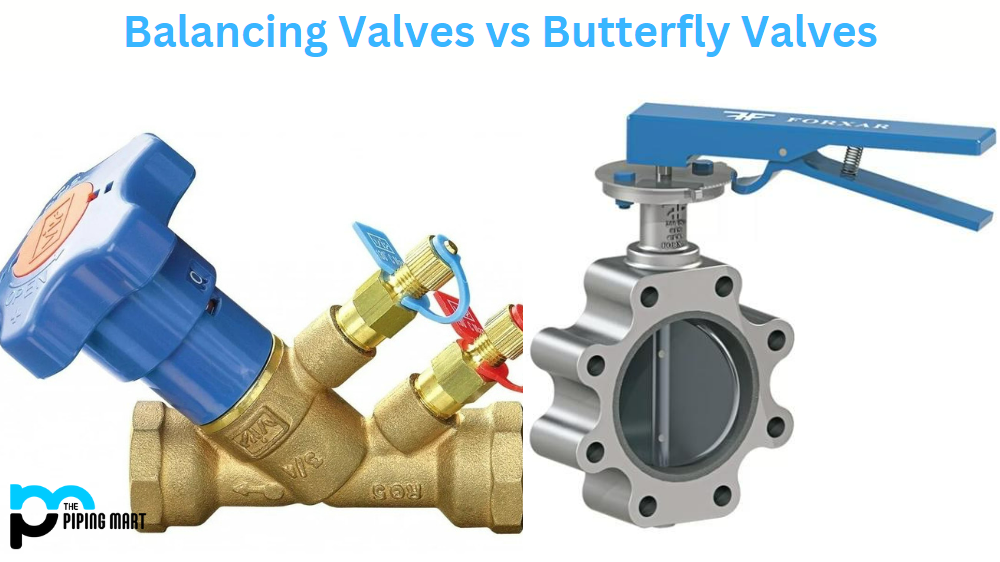Spray arc welding is an efficient and cost-effective way to join metals. It has several advantages, such as improved weld quality and increased productivity, but also some drawbacks. In this blog post, we’ll discuss the advantages and disadvantages of spray arc welding so you can make an informed decision about whether or not it’s right for your project.
Advantages of Spray Arc Welding
Spray arc welding involves using a high current to melt metal quickly and easily. This process produces strong, reliable welds with superior penetration and fusion compared to other methods. Additionally, because the process is automated, it requires fewer steps than manual welding and is faster overall. This makes it ideal for large-scale projects where speed is essential.
Another benefit of spray arc welding is that it produces less spatter than other types of welding processes, making it easier to clean up afterwards. It also generates less heat during the process, which may be beneficial in certain applications. Finally, this type of welding produces a smoother finish than other methods since it minimizes any warping or distortion from the heat generated by the weld pool.
Increased Productivity
Spray arc welding is a welding process that uses an arc to generate heat, which melts the metal and allows it to be joined together. This welding process is faster than other welding processes, such as gas welding, and can therefore increase productivity.
Reduced Costs
The increased productivity that spray arc welding provides can also lead to reduced costs. The faster welding speed means that less time is required to complete a project, which can lead to lower labour costs. Additionally, the reduced time can also lead to reduced material costs as less metal will be required to complete the project.
Increased Quality
Spray arc welding can also provide increased quality compared to other welding processes. The increased speed of the welding process means that there is less time for defects to occur. Additionally, the arc produces a narrower and more focused heat source, which can help to reduce distortion and improve the overall quality of the weld.
Greater Versatility
Spray arc welding is also a more versatile welding process than other processes. It can be used on a variety of different materials, including metals that are difficult to weld using other processes. Additionally, spray arc welding can be used in a variety of different positions, making it ideal for projects that require complex welds.
Safer Welding Process
Spray arc welding is also a safer welding process than other processes. The arc produces less ultraviolet light than other types of welding, which can help to reduce the risk of eye damage. Additionally, the arc is less likely to cause sparks and spatter than other types of welding, which can help to reduce the risk of fires and explosions.
Disadvantages of Spray Arc Welding
Although there are several advantages to using spray arc welding, there are also some drawbacks to consider. One downside is that this process requires specialized equipment, which can be costly upfront; however, the efficiency gains in productivity will often offset these costs over time. Additionally, because this method employs a high current, it can cause nearby materials (such as painted surfaces) to become discoloured or burned if they come too close to the weld area. Finally, spray arc welding typically requires greater skill than manual processes due to its higher precision requirements and need for greater control over parameters such as current levels and wire feed speeds.
Limited to Smaller Projects
One of the primary disadvantages of spray arc welding is that it is limited to smaller projects. This is due to the fact that spray arc welding can only be used on materials that are less than 1/4 inch thick. Additionally, spray arc welding is not well suited for use on large projects due to the fact that it can be difficult to maintain a consistent weld bead when welding over a large area.
Requires Specialized Equipment
Another disadvantage of spray arc welding is that it requires specialized equipment. In order to perform spray arc welding, a welder must have access to an air compressor, an air dryer, and an adjustable pressure regulator. Additionally, the welder must have a special nozzle attachment for their welding torch in order to create the desired spray arc.
Can Be Messy
Another downside of spray arc welding is that it can be quite messy. This is because the process of spray arc welding creates a great deal of smoke and fumes, which can be harmful to both the welder and those nearby. Additionally, the weld bead created by spray arc welding can be very irregular, which can make it difficult to achieve a clean finish on a project.
It can Be Difficult to Learn.
In addition to requiring specialized equipment, spray arc welding can also be difficult to learn. This is because the process of creating a consistent weld bead with a spray arc welder takes practice and skill. Additionally, those who are new to spray arc welding may find it difficult to control the amount of heat being applied to the material being welded, which can lead to problems such as warping or melting.
Not Suitable for All Materials
Another disadvantage of spray arc welding is that it is not suitable for all materials. This type of welding works best on materials that are made from metals such as aluminium or stainless steel. However, materials such as cast iron or bronze cannot be welded using a spray arc welder due to their high melting point.
Conclusion:
In conclusion, spray arc welding offers many benefits over traditional manual welding processes, including improved weld quality, increased speed and productivity gains, reduced spatter levels and minimal heat distortion. However, it also comes with some drawbacks, such as specialized equipment costs and potential discolouration or burning of nearby materials due to its high current levels and higher skill requirements compared to manual processes. Ultimately though, if you’re looking for an efficient way to join metals quickly without sacrificing quality, then spray arc welding may be exactly what you’re looking for!

A passionate metal industry expert and blogger. With over 5 years of experience in the field, Palak brings a wealth of knowledge and insight to her writing. Whether discussing the latest trends in the metal industry or sharing tips, she is dedicated to helping others succeed in the metal industry.




